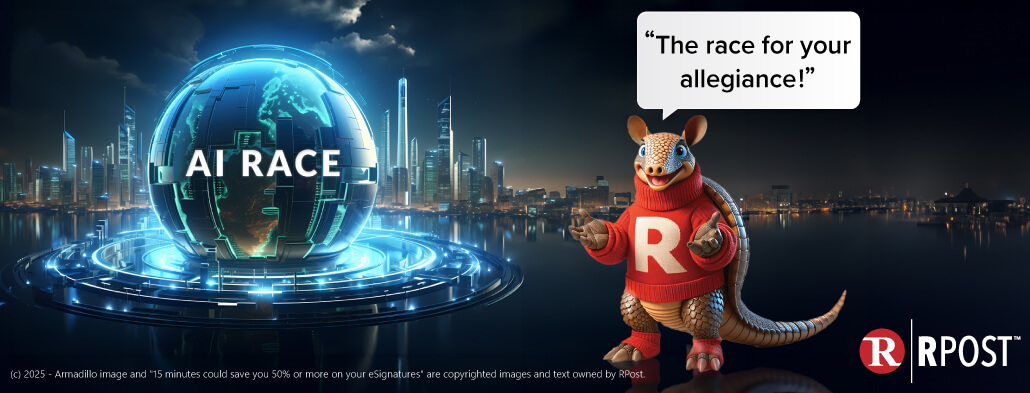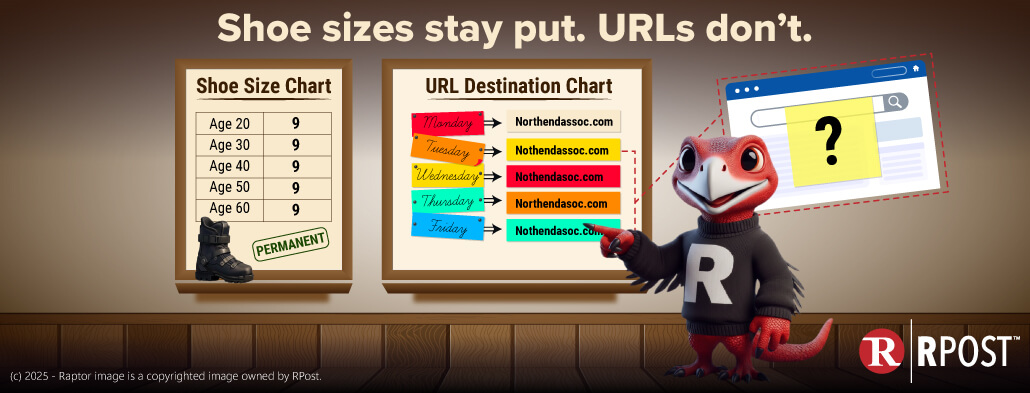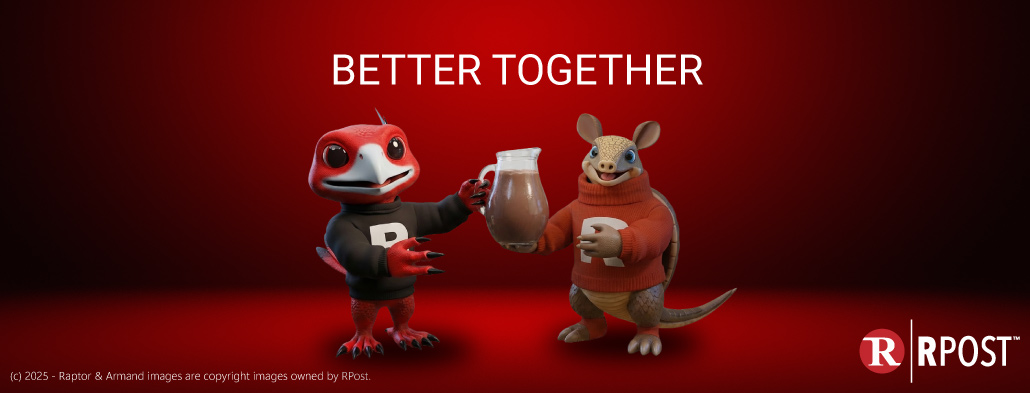
Armand here, RPost's armadillo business productivity evangelist, with a few thoughts on today's AI cycle.
Halfway Through the AI Race
Here we are -- halfway through the great AI race (race to get you hooked on one AI model😉).
If you’ve been tracking industry chatter (and I know you have), you’ll know Gartner recently declared that Cloud AI services have hit their “Peak of Inflated Expectations.” Translation? We’re either right on top of the hype mountain or just beginning our roll down into the Trough of Disillusionment.
The stock market, too, seems to be bracing for turbulence -- tech valuations wobbling as investors ask the uncomfortable question: “Is this the new normal, or another hype cycle cresting before the crash?”
But the pattern feels familiar. Because we’ve been here before. Déjà Vu: Remember the Cloud Wars?
Wind the clock back a decade or so. The big race then wasn’t about AI; it was about cloud computing. Remember the scramble? AWS, Microsoft Azure, Google Cloud, and Oracle all spent gazillions (that’s a technical term) to convince businesses to “get on the cloud.”
Why? The start-up cost was low, but the switching cost was enormous. Once your organization had migrated apps, data, and admin functions to a specific cloud platform, you were effectively locked in.
Changing clouds wasn’t like changing your Wi-Fi provider. It was more like moving an entire city -- messy, time-consuming, and expensive.
So, once you were “in,” the platform could quietly nudge prices up, and you stayed. Why? Because the alternative was worse.
Fast-Forward to AI: Different Race, Same Game
Now we’re seeing the same dynamic play out with AI and large language models (LLMs) -- OpenAI, Google Gemini, Anthropic Claude, xAI Grok, Microsoft Co-Pilot Prometheus, and others are vying for your attention (and your compute cycles).
Here’s the trick: the initial cost of entry seems almost nothing. You sign up, plug in your data, and start experimenting. “Look,” they say, “You can build your own chatbot, your own assistant, your own productivity boost!”
But under the hood, a different game is being played.
Every interaction, every fine-tuning, every API call feeds that model -- refining it, customizing it, making it work a little better for you. Which also makes it harder for you to leave.
You’ve effectively become part of the model’s ecosystem -- its data, its behavior, its intelligence. And that’s where the real business advantage lies for the platform owners:
Sound familiar? Yeah -- just like the cloud.
The Hidden Cost: Switching AI Brains
The switching cost for AI isn’t about infrastructure this time; it’s about time, training, and compute. To move from one LLM provider to another means:
In other words, the more customized your AI workflow becomes, the deeper your claws sink into your chosen ecosystem. And that’s precisely why we’re seeing so much AI hype right now, not just innovation hype, but user acquisition hype.
The race isn’t for better intelligence. It’s for your allegiance.
Commoditization and the Coming Calm
As the differences between OpenAI, Google Gemini, Microsoft Co-Pilot Prometheus, and Anthropic narrow with each claiming better accuracy, faster inference, and fewer hallucinations, their technologies start to feel… well, interchangeable.
That’s when marketing becomes the battlefield. The hype itself becomes the differentiator.
We’ve already seen this movie in cloud computing. When compute, storage, and uptime became commoditized, providers pivoted to differentiation by ecosystem, integrations, and trust.
We’ll see the same with AI. The smartest LLM won’t necessarily win -- the one that’s easiest to integrate, most compliant, and most sticky will.
Where RPost Fits In
At RPost, we take a pragmatic view of technology cycles. Whether it’s cloud or AI, the winners aren’t the ones chasing hype; they’re the ones delivering sustained productivity and security value long after the hype has cooled.
We design products that integrate smartly -- RSign eSignatures, RMail email security, Registered Email™ proof, RDocs for document rights control -- and increasingly, AI-infused productivity assistants that enhance workflows without locking you in. Plus, our RAPTOR™ AI man-in-the-middle attack detector pre-emptive cybersecurity is infused across all of these content products.
Because true productivity should make you more agile, not more dependent.
Bottom Line
We’re halfway through the AI race (race to get you hooked on specific AI model). And yes, there’s a lot of noise. But once the hype fades, what’ll remain is the real differentiator – trust, practicality, and the freedom to adapt.
So, as we roll into the trough of disillusionment (don’t worry, I’ve got armor for that), remember: the goal isn’t to pick the flashiest AI. It’s to build with the one that keeps your business flexible, secure, and productive.
Now, for a bit of fun, we’re also halfway through the NFL football season so I couldn’t help adding some of my Sporty Armand commentary; this time on the Indianapolis Colts and the New England Patriots.
With the NFL season past its midpoint, we're now getting a real look at who’s legit and who isn’t. Right away, here's what stands out -- this year’s been wild. Teams that crushed it last season are not performing as well. But here are the two squads nobody saw coming: the Indianapolis Colts, along with the New England Patriots.
The Indianapolis Colts are sitting at 8-2, something barely anyone saw coming. Ten games in, they’ve matched last year’s total win count. Right from week one, running back Jonathan Taylor has been playing like an MVP. After ten weeks, he's ahead of everyone in rushing yards by more than 200, while also racking up 15 touchdowns, four clear of the next players.
These stats explain where this squad stands today. On top of that, their QB, Daniel Jones, surprised everyone after failing in New York. After joining last offseason, most assumed he’d sit behind Anthony Richardson, yet he took over in Week 1, never letting go. His performance has been solid enough to stick around, earning trust under center. Should Indy stay on track, a playoff push feels possible.
The New England Patriots just survived two straight 4-13 seasons, yet now they're winning, and that’s unexpected. Honestly, it feels weird saying it out loud, but yeah, those guys might actually be back. Last offseason, they nailed every move, rebuilding both strengths right away and setting up long-term power at the same time.
The dynasty could return way faster than anyone guessed. Drake Maye, just in his second season, is already the leading pick for MVP, a sign he's among the league’s elite QBs right now. His drive won’t stop till he claims the top spot. The Patriots are just warming up. Hiring Mike Vrabel as head coach turned out to be a smart move; his track record speaks loudly.
On top of that, they brought back Josh McDaniels, the mastermind behind Brady’s magic. Now, he’s got Maye under his wing. Right now, they're up by two games in the AFC East, so more people are beginning to notice. The Patriots probably won't go deep this playoff run, as they’re just too young and inexperienced, but down the road, within the next five years, I can picture them reaching the Super Bowl again. Stay tuned for more sporty Armand insights.
Contact RPost for its intelligent AI-infused technology.

December 19, 2025

December 12, 2025

December 05, 2025

November 21, 2025

November 14, 2025